‘A Good Photographer is Like a Jazz Musician’: Alex Vanhee’s pictures
In the Flemish music industry, pop and rock photographer Alex Vanhee (b. 1965, Poperinge) has been a household name for more than 25 years now. But his concert pictures and portraits of artists are also appreciated abroad. He regularly works for international record companies, newspapers and magazines.
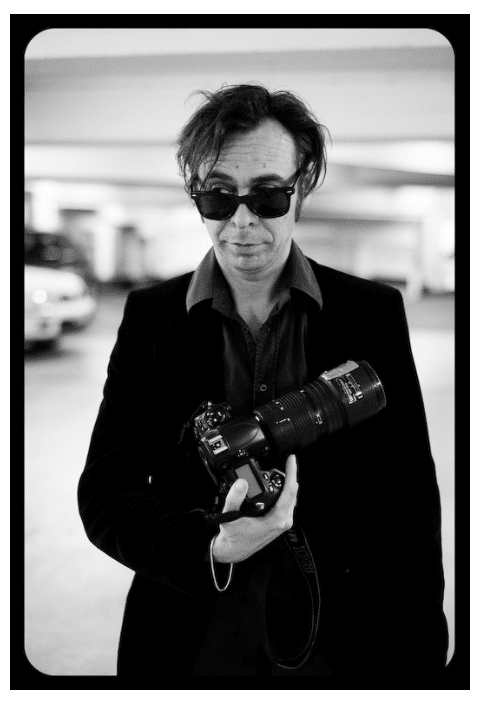 Alex Vanhee
Alex VanheeAt the age of fourteen, Alex Vanhee and his fellow scouts participated in the annual collection of waste paper. While his friends were delighted at the thought of the porn magazines they would hopefully get a hold of, Alex himself became fascinated by a grubby book of woodcuts by Frans Masereel, which he had found in the rubbish. After high school, he promptly opted for a graphic arts course. One of his first school assignments was to make a composition with black and grey surfaces on a white sheet. Shortly after, he made his first step towards photography.
Novel without words
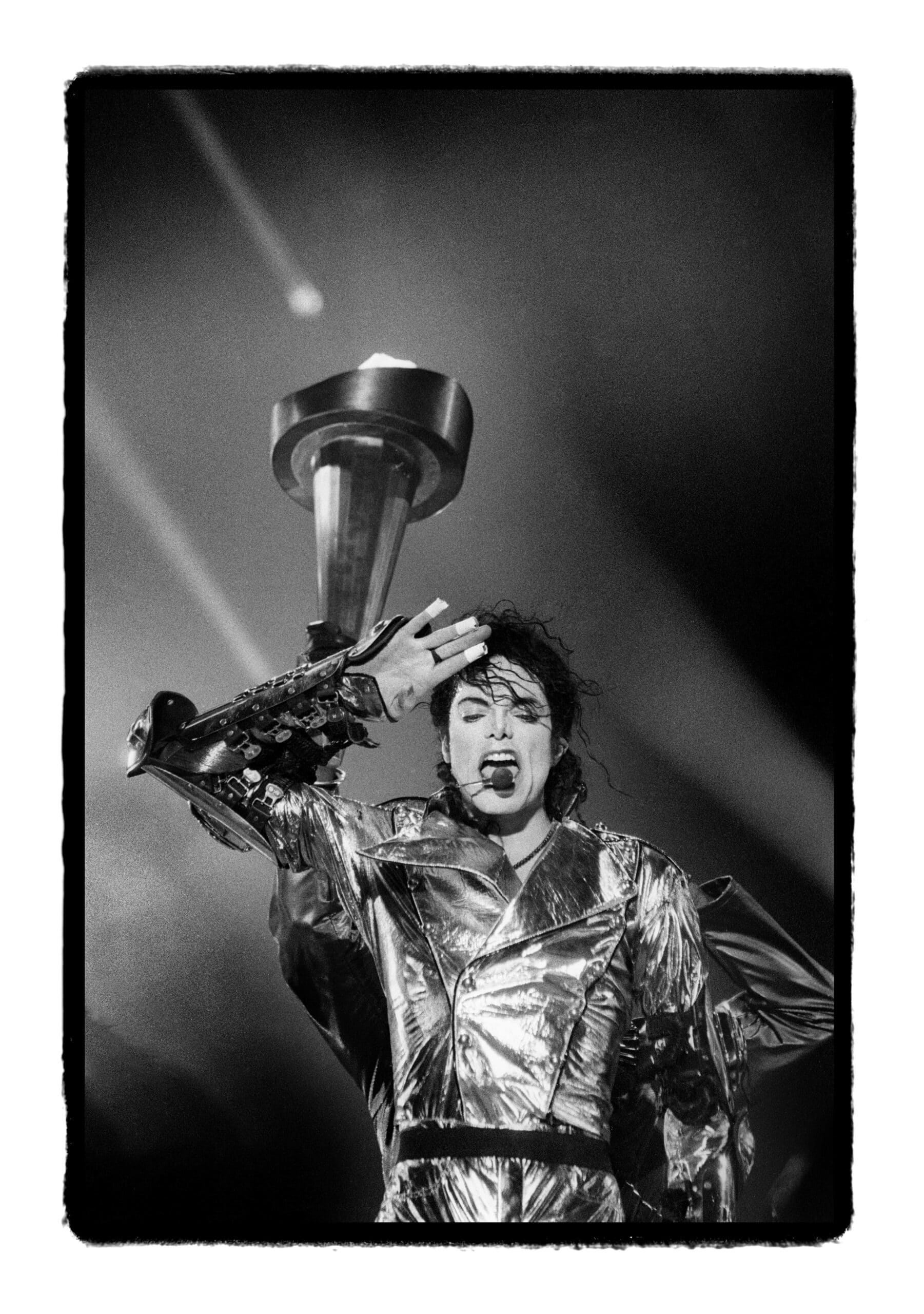 Michael Jackson, Ostend, 1997
Michael Jackson, Ostend, 1997© Alex Vanhee
During the 1980s Vanhee idolized Neville Brody, a man who worked as a designer for British lifestyle magazine The Face
and designed remarkable record sleeves for bands such as Cabaret Voltaire and Depeche Mode. Brody’s compelling images finally made him realize what he was born for. Of course, he had other sources of inspiration too. Absolutely essential was Robert Frank’s photo book The Americans, in which a completely different image of the United States was presented than what we had previously received through films or series. “Frank changed the way you looked at things,” says the West-Fleming. “He told a story with his photos. I wanted to be able to write a novel without words. Other photographers who were instrumental in developing Vanhee’s style include the Brazilian Sebastião Delgado, the Czech Josef Koudelka who was associated with the agency Magnum, photojournalist and social commentator Bill Brandt, street photographer Garry Winogrand and, closer to home, Patrick De Spiegelaere (1961-2005), who died far too young.
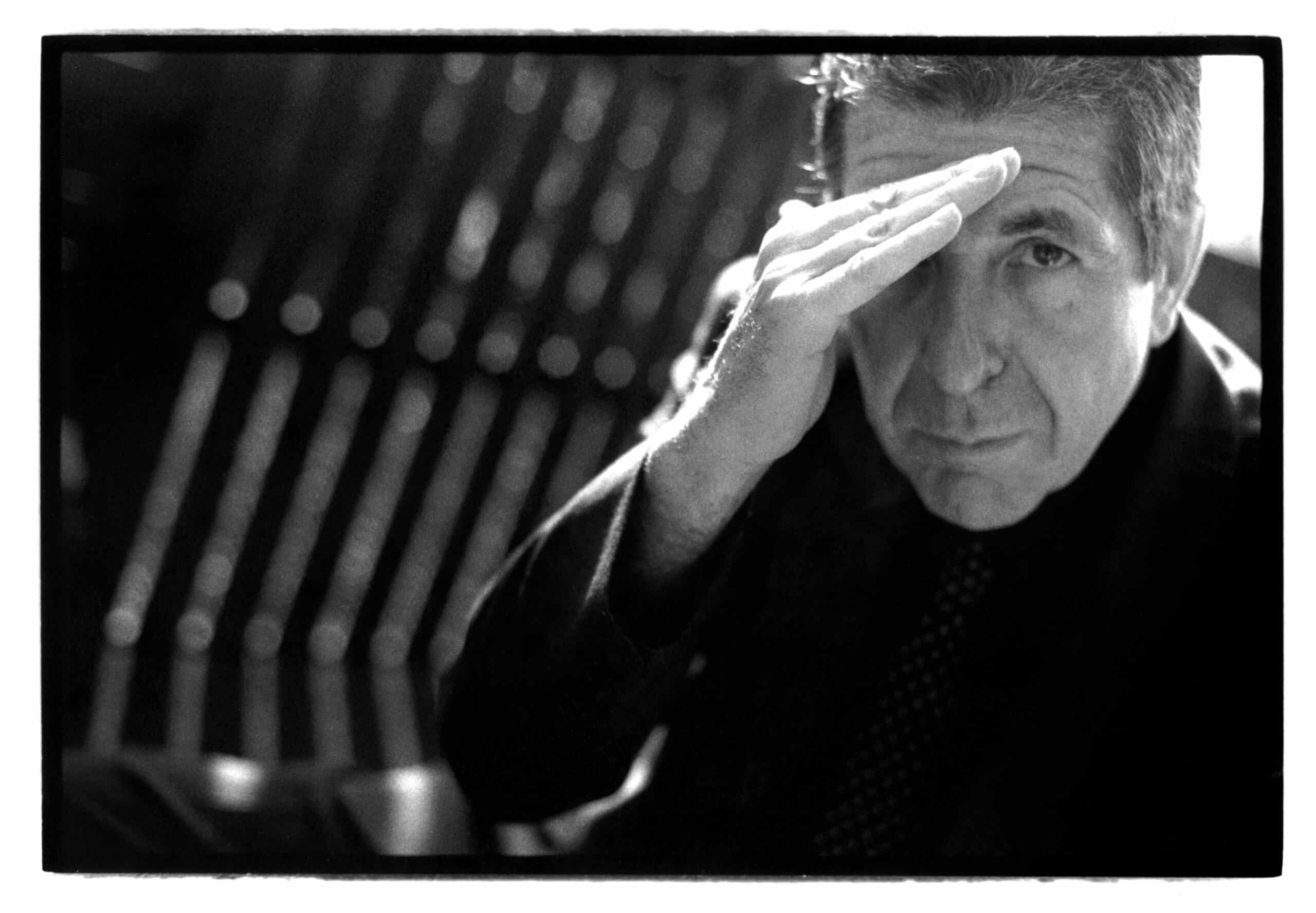 Leonard Cohen, Brussels, June 1994
Leonard Cohen, Brussels, June 1994© Alex Vanhee
At the newspaper
In 1993, the newspaper De Morgen published the series ‘Big Dreams – Dream Big’, for which Alex Vanhee had photographed participants from playback shows all over the country. However, he didn’t record them on stage, but in their living room, which created interesting tension. Since then, the Editorial Board regularly sent him out to collect visual images for concert reviews and interviews with musicians.
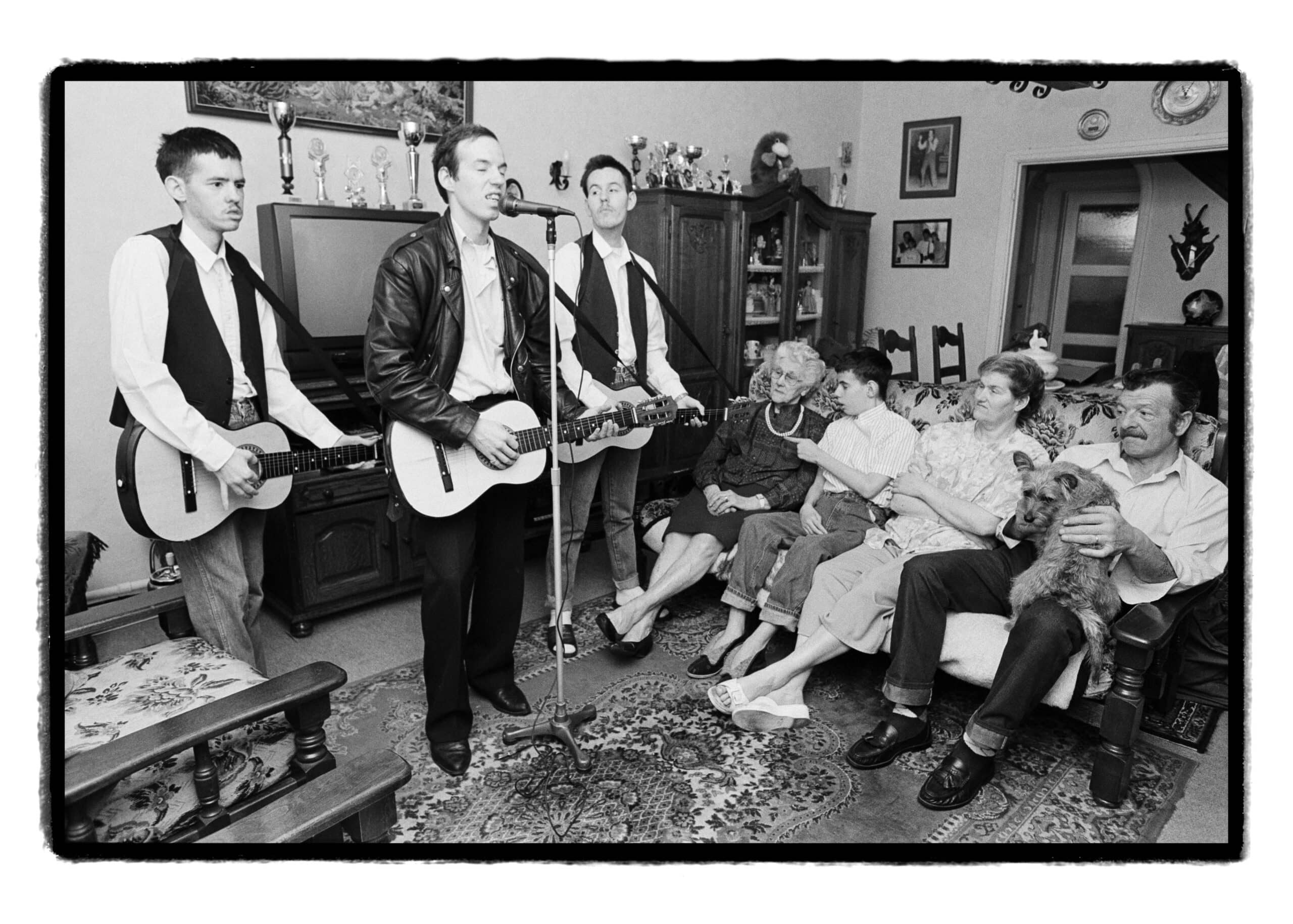 Big Dreams - Dream Big, 1990
Big Dreams - Dream Big, 1990© Alex Vanhee
Music and photography have always been two of Alex Vanhee’s greatest loves. The fact that he became known as a concert photographer was a fortunate coincidence, he says. According to him, shooting images during performances is a discipline of its own within photojournalism: “You have to be able to work very fast, the lighting conditions are far from ideal and your compositions is determined by factors that are beyond your control. It’s precisely these limitations that stimulate your creativity and force you to rise above yourself. Carl De Keyser advised me to always use any obstacles to my advantage. I have never forgotten that lesson.”
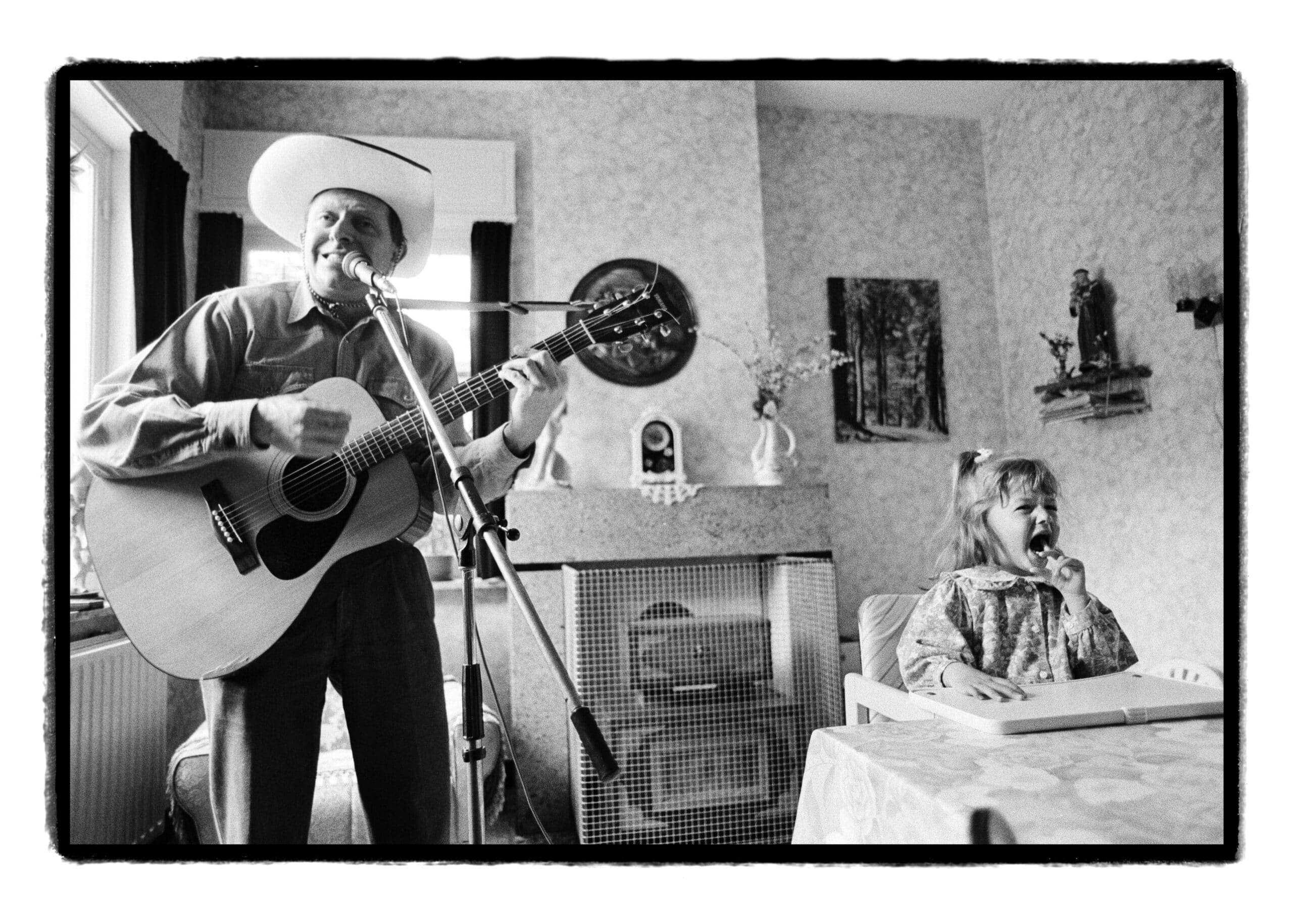
At De Morgen they attached great importance to originality, back then. “Repeatedly, I had to deliver something that differed from what was published in other magazines”, says Vanhee. “My photos were supposed to stand out and attract the reader’s attention. So it came down to finding my own point of view. How can you condense a concert experience; summarize the essence of an evening in a single image? It is crucial that you take a photo at the right moment. However, you don’t learn something like that from your schoolbooks. You have to feel it. That is not really self-evident.”
The eye of the composer
When he is at work, Vanhee relies mainly on his experience, gut feeling, and ability to improvise. “A good photographer is like a jazz musician. He also knows exactly when he can add something to the work of his colleagues. Some love for his subject is, of course, included, because what you don’t understand you can’t capture, says Vanhee. A photographer faces the difficult task of transforming an auditory experience into a visual one. As soon as you see the printed image, you obviously don’t hear the music that came with it anymore. Therefore, the image hunter is obliged to choose a detail that contains the core of the concert: a small gesture, a glance, an unexpected movement.
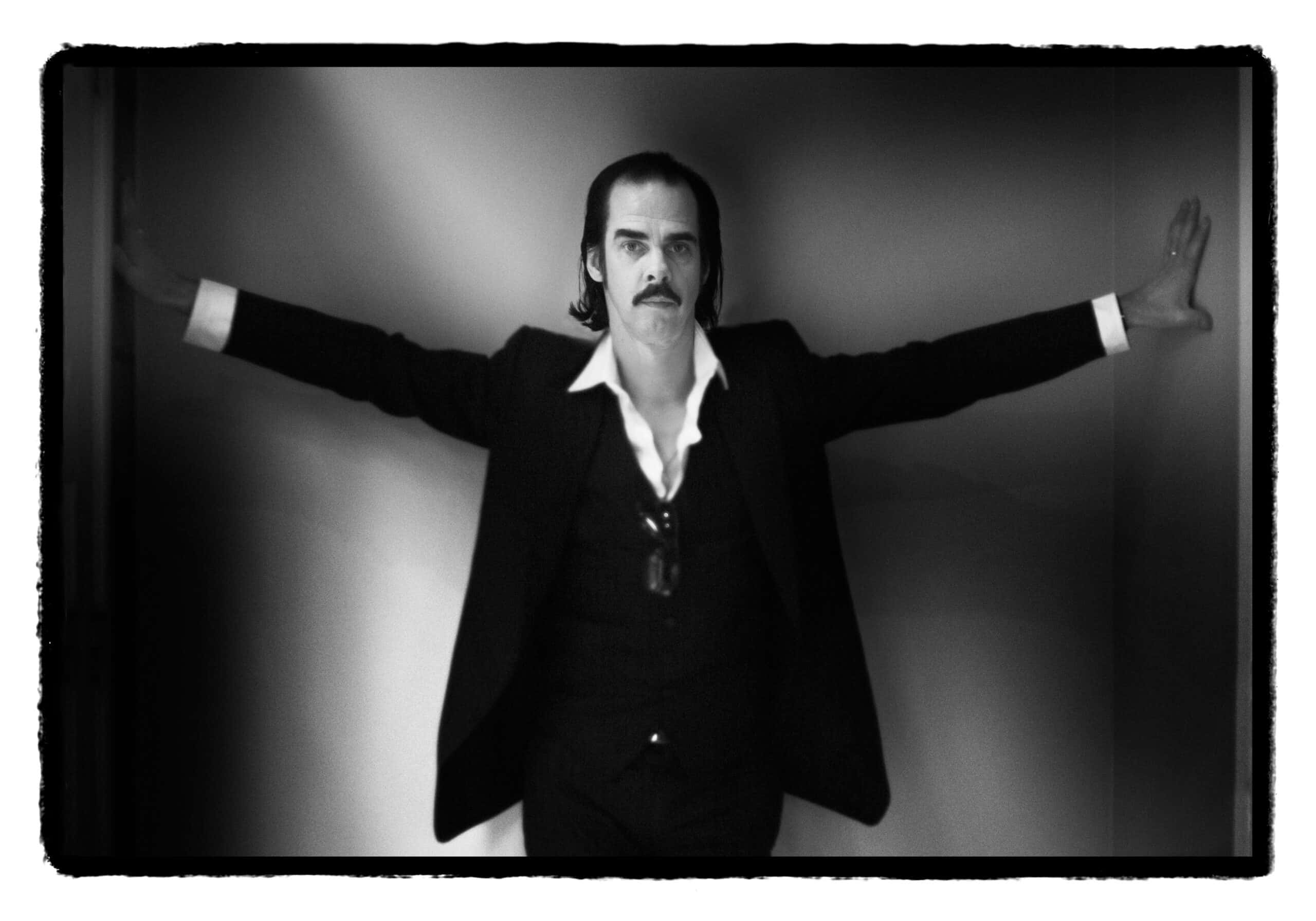 Nick Cave, Brussels, 2008
Nick Cave, Brussels, 2008© Alex Vanhee
According to Vanhee, a photo does not necessarily have to illustrate the article in the magazine in which it is printed. At best, the image tells its own story. It is difficult to define whether a photo is good or bad. “There are rules for a good image structure, but by slavishly following them, you won’t get a lasting result”, Vanhee thinks. “Striking photos are created just as you cheerfully ignore all the preconceived notions of how to take the photo. It doesn’t matter what his subject is, a photographer should be able to look closely. A memorable image always relies on the eye of the composer.
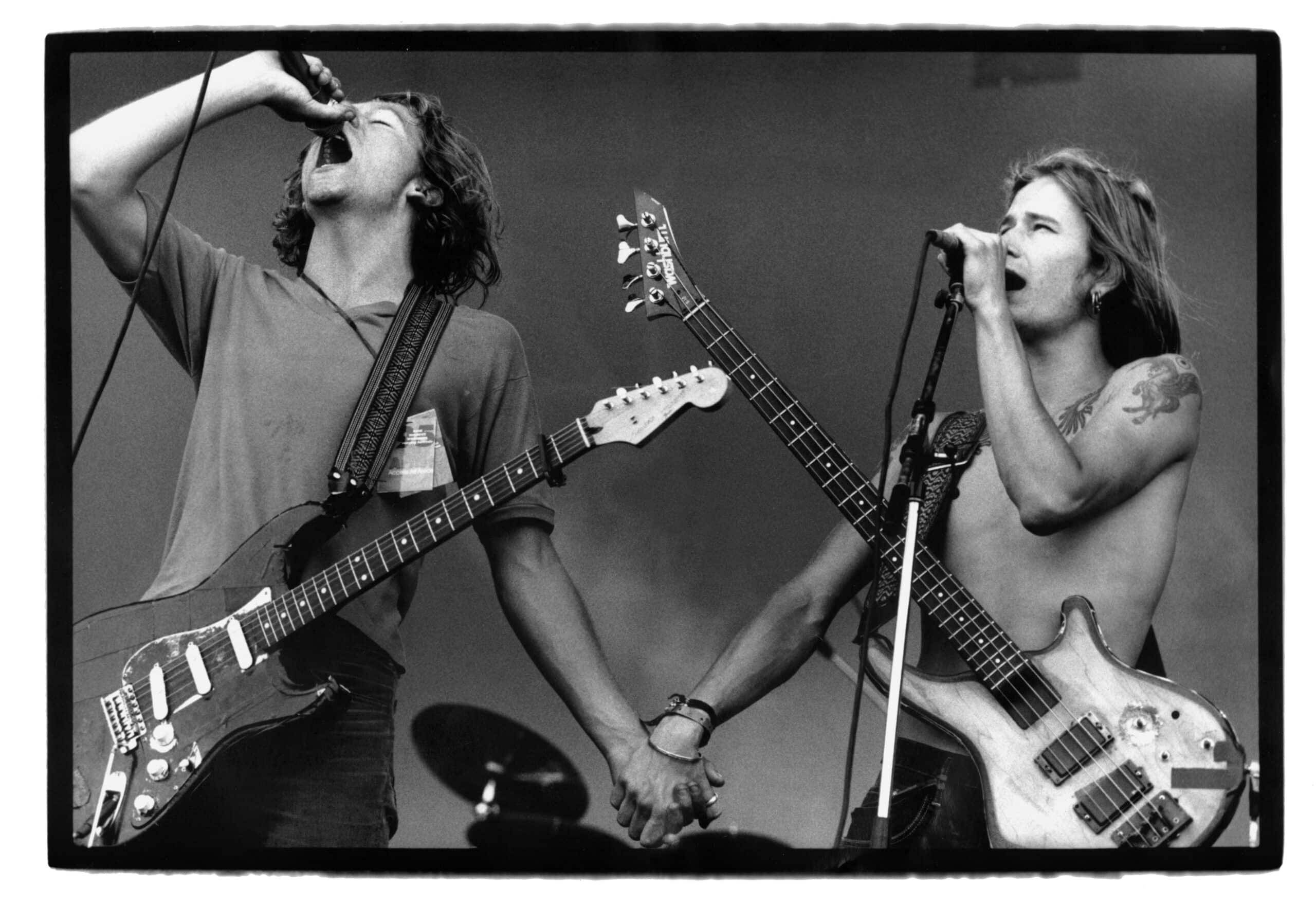 dEUS, Torhout, 1995
dEUS, Torhout, 1995© Alex Vanhee
There are performances – just think of those of Madonna or Lady Gaga – where the show element is so important, that the photographer is almost presented the visual stimuli on a silver platter. Still, Alex Vanhee finds it much more challenging to shoot a fascinating picture of static singer-songwriter who, only illuminated by one simple spotlight, is on stage alone.
Photography is lying
Vanhee does not hide the fact that photography is a form of lying. A photograph is not a representation of reality, but a cut of it. What the photographer decides to omit, is as important as what he decided to include in the image. Also, he can manipulate his image by choosing a specific moment, lens, and frame. With the chosen exposure and depth of focus, he is able to suggest something that has never been perceived in real life like that. Hence, photography is a subjective medium. The only photos you could more or less call objective are X-rays taken in hospitals. Only that’s not what Vanhee is in to.
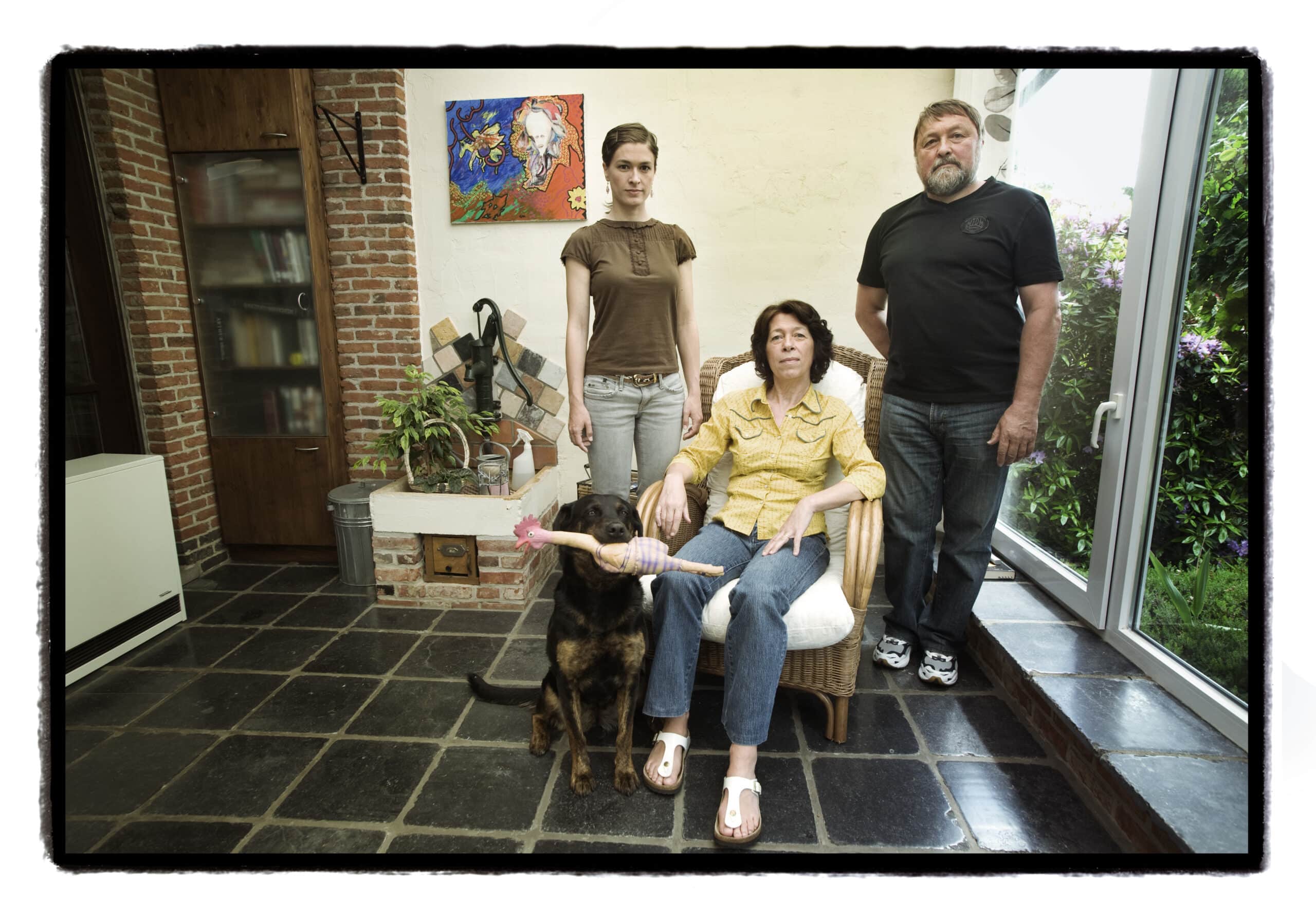
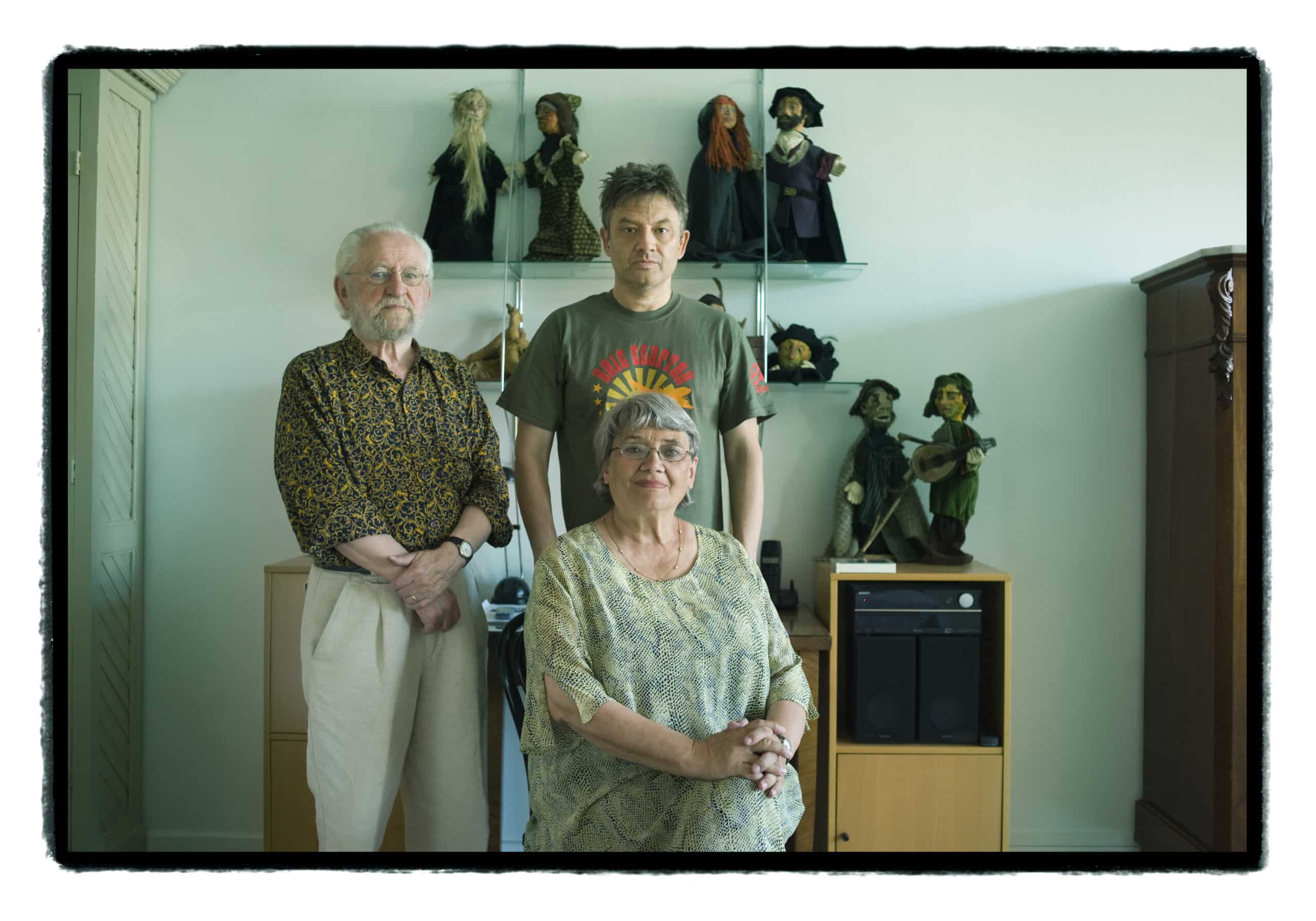 Flemish artists Eva De Roovere and Bart Peeters at home with their parents
Flemish artists Eva De Roovere and Bart Peeters at home with their parents© Alex Vanhee
However, he is an excellent portraitist, with a thorough aversion to everything that is flashy or baroque. He himself describes his plain and classical approach as old school. Vanhee takes photos just like he cooks: improvising, without a recipe book. He coordinates the process as little as possible, opens himself up to chance and uses the visual ingredients that happen to be available.
For a living, he regularly takes photos of celebrities who are accustomed to attention and automatically strike a stereotypical pose. Vanhee tries to eliminate that image by taking that person out of his/her comfort zone. As such it could be said that, to a certain degree, a photographer should be a psychologist.
Without glamour
The main thing Vanhee wants to show is the man behind the artist. In his ‘Backstage’ series he presents himself as a fly on the wall and shows the moments, right before and right after a performance, that you as an outsider will never get to see. In this way, he shows that even in the world of celebrities, it’s not always about glamour and glitter. For another series, he photographs famous artists together with their mothers and fathers, inside their parent’s home. No matter how famous you are, you will always come from somewhere and you will always be someone’s child, even if your name is Iggy Pop.
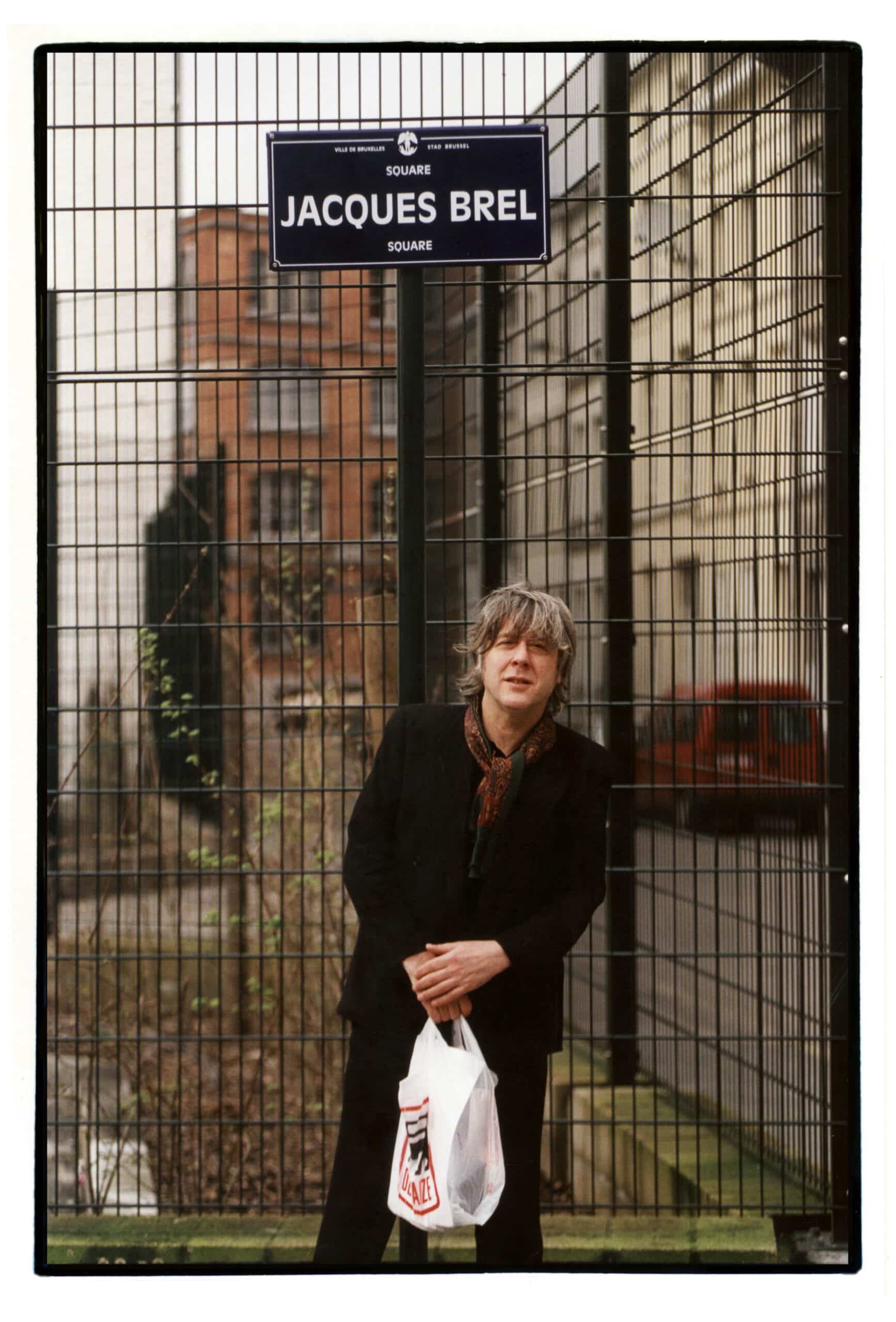 Arno
Arno© Alex Vanhee
According to Alex Vanhee, every individual has his or her own story; a baker or pigeon breeder from an average Flemish village is as interesting as a Neil Young or a Bruce Springsteen. It is no coincidence that his latest book is called Grote en kleine helden (Heroes, big and small). Who is a great hero and who is a small one? That distinction is not always easy to make. Indeed, fame or wealth can make anyone feel vulnerable. Likewise, misery and euphoria can be found in all social settings and affects everyone equally.
Alex Vanhee discusses the transition from black and white to colour photography, whilst working at a previous newspaper, as the most difficult moment in his career. “These are two separate but equal disciplines”, he stresses. “Black and white is probably a little more powerful and confrontational, because it does not correspond to the way we perceive the world. With colour you can cover up a lot. Nevertheless, after all these years, I still see things in black and white in my mind.”
As most of his colleagues, Vanhee photographs twenty-four hours a day, seven days a week. Compulsively. Also without a camera.












